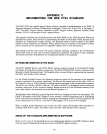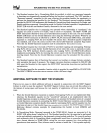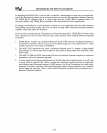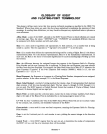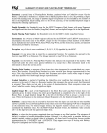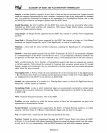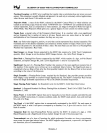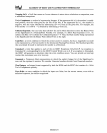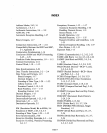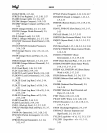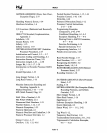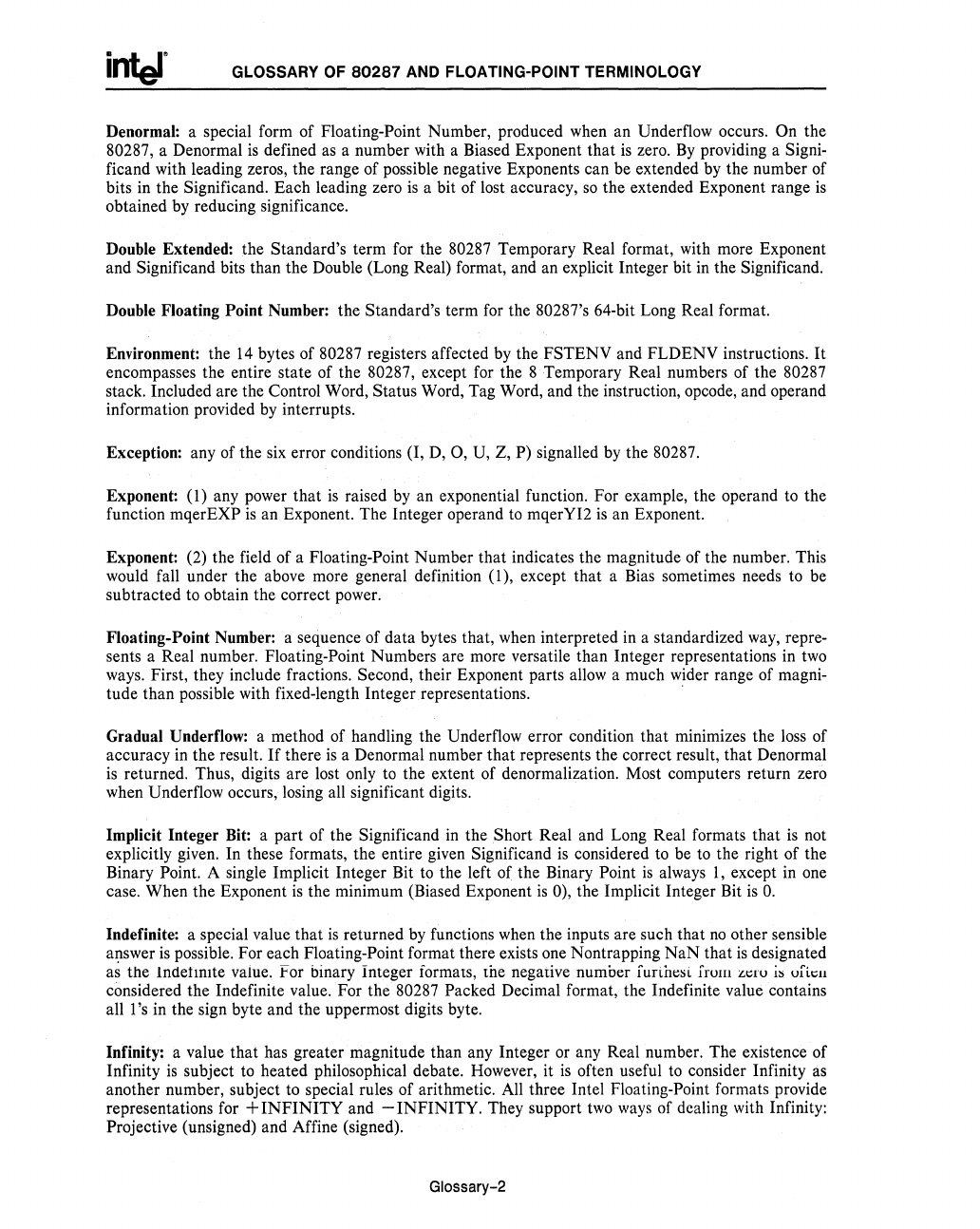
inter
GLOSSARY
OF
80287
AND FLOATING-POINT TERMINOLOGY
Denormal: a special form of Floating-Point Number, produced when an Underflow occurs. On the
80287, a Denormal
is
defined
as
a number with a Biased Exponent that
is
zero.
By
providing a Signi-
ficand with leading zeros, the range of possible negative Exponents can be extended
by
the number of
bits in the Significand. Each leading zero
is
a bit of lost accuracy,
so
the extended Exponent range
is
obtained by reducing significance.
Double Extended: the Standard's term for the 80287 Temporary Real format, with more Exponent
and Significand bits than the Double (Long Real) format, and an explicit Integer bit in the Significand.
Double Floating
Point Number: the Standard's term for the 80287's 64-bit Long Real format.
Environment: the
14
bytes of 80287 registers affected by the FSTENV and FLDENV instructions.
It
encompasses the entire state of the 80287, except for the 8 Temporary Real numbers of the 80287
stack. Included are the Control Word, Status Word, Tag Word, and the instruction, opcode, and operand
information provided by interrupts.
Exception: any of the six error conditions (I,
D,
0,
U, Z, P) signalled by the 80287.
Exponent:
(1) any power that
is
raised by an exponential function. For example, the operand to the
function
mqerEXP
is
an Exponent. The Integer operand
to
mqerYI2
is
an Exponent.
Exponent: (2) the field of a Floating-Point Number that indicates the magnitude of the number. This
would fall under the above more general definition
(1), except that a Bias sometimes needs to
be
subtracted to obtain the correct power.
Floating-Point Number: a sequence of data bytes that, when interpreted
in
a standardized way, repre-
sents a Real number. Floating-Point Numbers are more versatile than Integer representations in two
ways. First, they include fractions. Second, their Exponent parts allow a much wider range of magni-
tude than possible with fixed-length Integer representations.
.
Gradual Underflow: a method of handling the Underflow error condition
that
minimizes the
loss
of
accuracy in the result.
If
there
is
a Denormal number that represents the correct result, that Denormal
is
returned. Thus, digits are lost only to the extent of denormalization. Most computers return zero
when Underflow occurs, losing all significant digits.
Implicit Integer Bit: a part of the Significand
in
the Short Real and Long Real formats that
is
not
explicitly given. In these formats, the entire given Significand
is
considered
to
be
to the right of the
Binary
Point. A single Implicit Integer Bit to the left of the Binary Point
is
always
1,
except in one
case. When the Exponent
is
the minimum (Biased Exponent
is
0), the Implicit Integer Bit
is
O.
Indefinite: a special value that
is
returned by functions when the inputs are such that
no
other sensible
answer
is
possible. For each Floating-Point format there exists one Nontrapping
NaN
that
is
designated
as the IndetImte value. For binary Integer iormals, the negative number funnesl frum zt:ru
is
UlLt:1l
considered the Indefinite value. For the 80287 Packed Decimal format, the Indefinite value contains
all 1 's in the sign byte and the uppermost digits byte.
Infinity: a value that has greater magnitude than any Integer or any Real number. The existence of
Infinity
is
subject to heated philosophical debate. However, it
is
often useful to consider Infinity
as
another number, subject to special rules
of
arithmetic. All three Intel Floating-Point formats provide
representations for
+
INFINITY
and -
INFINITY.
They support two
ways
of dealing with Infinity:
Projective (unsigned) and Affine (signed).
Glossary-2




